Automation Instead of Humans: How Control Works in uST Complexes
Today, the car is perceived by many as a symbol of personal mobility. Yet it remains unsafe: behind the wheel, drivers are vulnerable to emotions, fatigue, and distraction – leading to mistakes. Autonomous vehicles are gaining popularity due to their safety. Developers of uST transport and infrastructure complexes have followed this path, equipping them with rail-based unmanned vehicles. Let’s explore why the future belongs to autonomous transport.
Human Error: The Leading Cause of Accidents
According to the World Health Organization, over 1.3 million people die in road traffic accidents annually, and around 50 million are injured. In 90% of cases, the cause is human error: speeding, traffic violations, alcohol consumption, phone distractions, or simple fatigue.
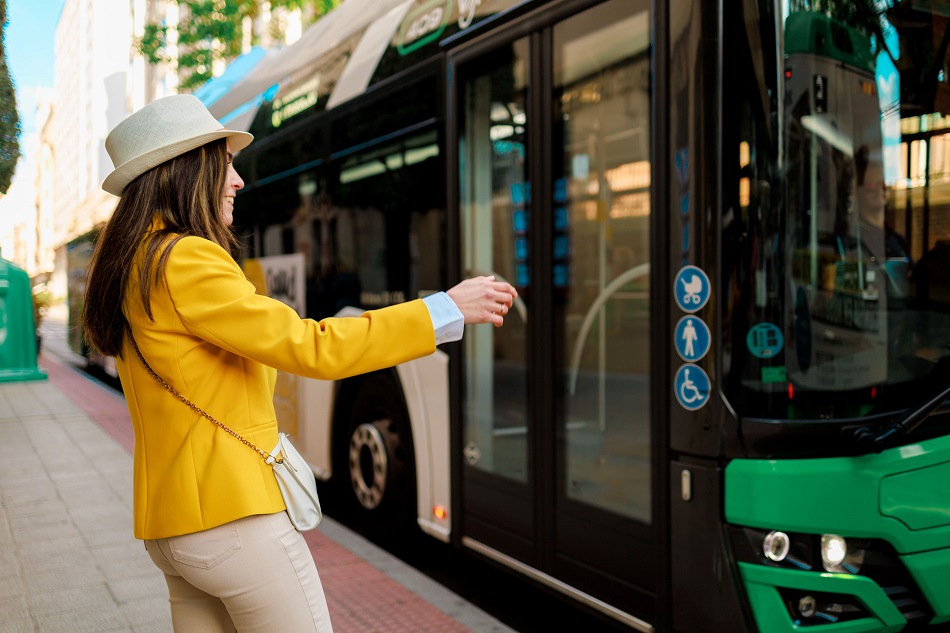
Even the most advanced cars can’t eliminate this issue, as key decisions are still made by the person behind the wheel. No matter how technologically sophisticated, personal vehicles lack disciplinary mechanisms that can guarantee strict compliance with traffic regulations.
Socioeconomic Impact
Traffic accidents are not just personal tragedies – they cause massive social and economic damage. The World Bank estimates that global economic losses from accidents reach up to 3% of GDP annually. Millions are left disabled, healthcare systems are burdened, and insurance companies raise premiums.
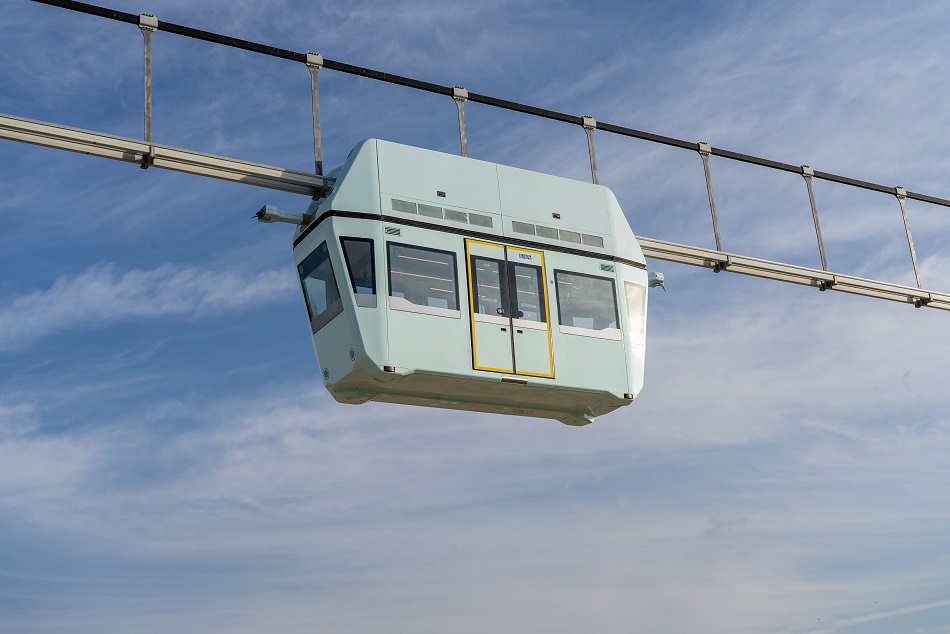
This forces city authorities to invest in expanding highways and installing new control systems due to the lack of discipline on roads, where the “steering wheel + human” combination remains the dominant paradigm.
Unmanned Systems as an Alternative
Autonomous transport addresses this issue on a fundamentally different level. Artificial intelligence doesn’t get tired, distracted, or impulsive. Its algorithms are built on strict compliance with traffic rules and instant response to changing conditions.
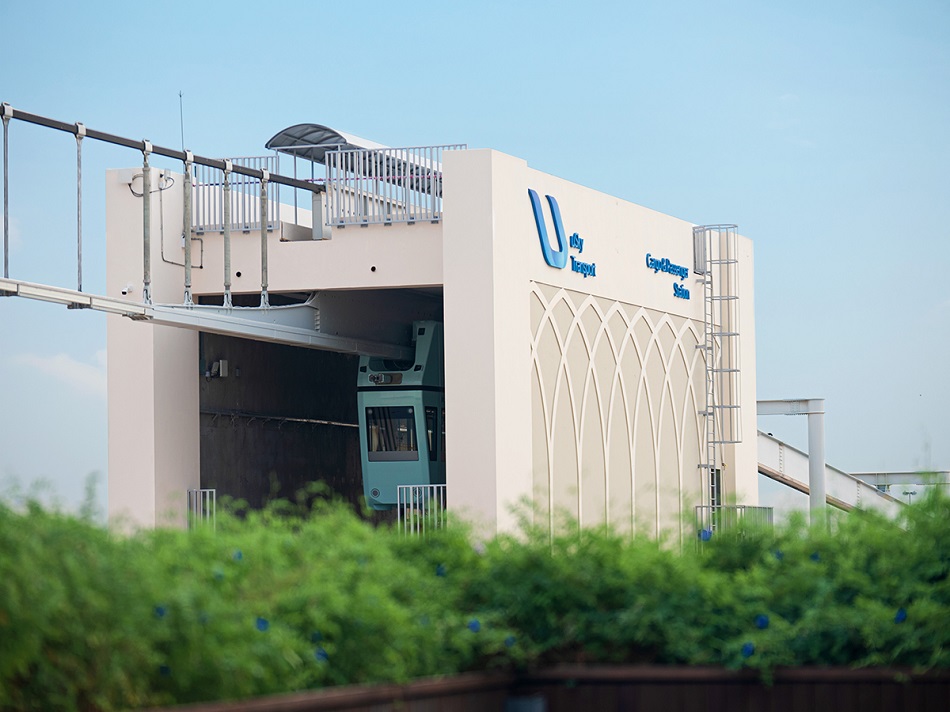
Unlike personal vehicles, autonomous public transport systems offer key advantages: control algorithms that reduce accidents, ensure predictability, and improve energy efficiency. Precise calculations from dozens of sensors typically minimize collision risks. When integrated into urban infrastructure centrally, these systems can follow fixed schedules, reducing fuel consumption.
uST: Transport with a New Level of Control
The uST string rail transport complexes are the clearest embodiment of these principles today. Their vehicles – uPods – are designed from the outset to be driverless. The control system of the transport infrastructure is automated. The uPod’s machine vision system continuously reads data from the track structure, monitors route execution, and instantly reacts to obstacles and threats. This ensures safe and comfortable passenger transport and reliable cargo delivery.
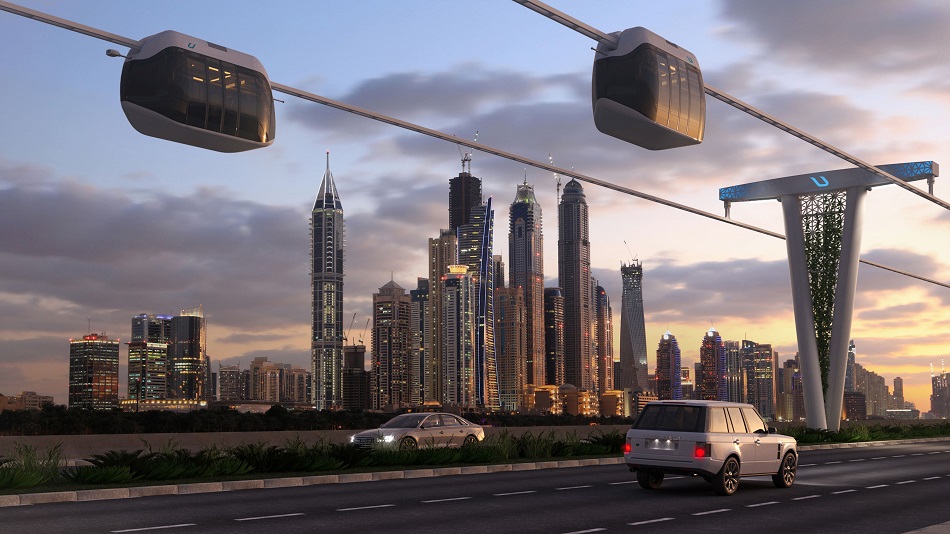
This approach makes UST Inc.’s engineering solutions not just viable but essential for better traffic organization and transport accessibility. Notably, even compared to other autonomous vehicles meant to replace human-operated buses, trams, and metro trains, uST complexes offer several key advantages.
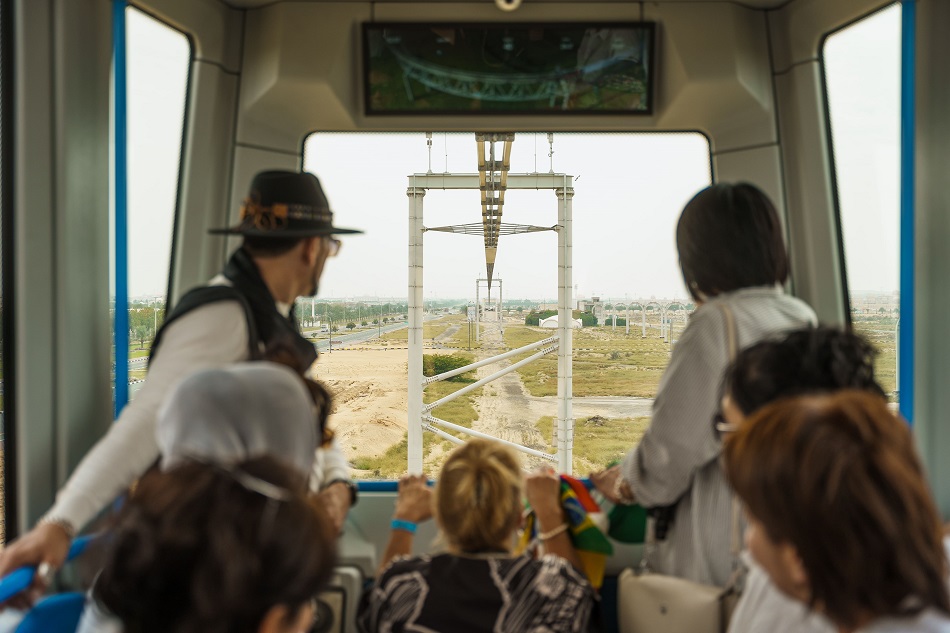
For instance, the string rail track structure eliminates collisions with other vehicles due to its isolation and classification as an above-ground system. The overpass can be laid along optimal routes regardless of terrain complexity, reducing travel time. The system can transport up to 50,000 passengers per hour while maintaining high safety and algorithmic discipline.
The Autonomous Future
Global experts predict that by 2035, up to 40% of new cars will be equipped with full self-driving capabilities. But it’s public autonomous systems like uST that will drive urban transformation. They will create a fundamentally different transport environment where human error is minimized or eliminated entirely. This guarantees a new kind of mobility – safe, sustainable, and predictable.
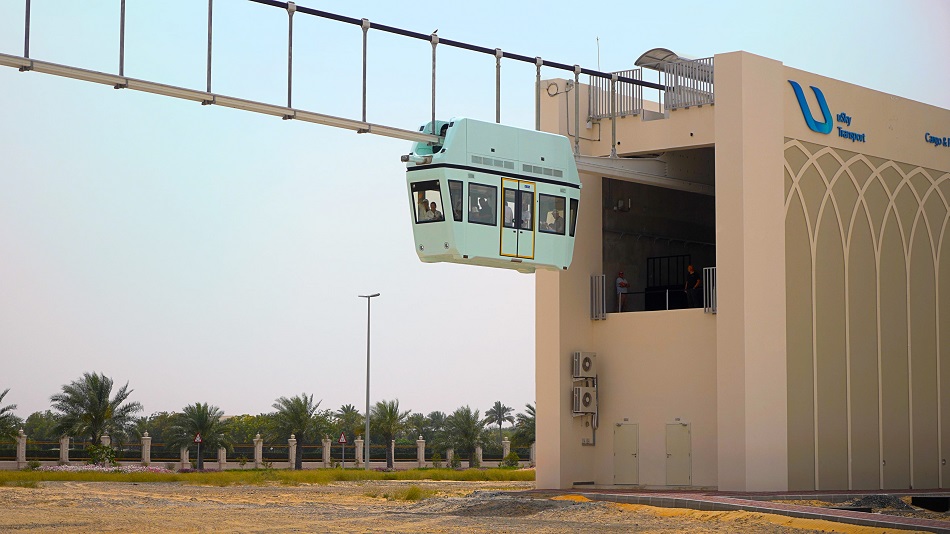
Let’s not forget that driver-operated vehicles still pose risks to others. But UST Inc.’s transport is built on entirely different principles: discipline, speed, and safety. That’s why string transport could become a symbol of a human-friendly environment – free from accidents, traffic jams, and excessive risks.
More news
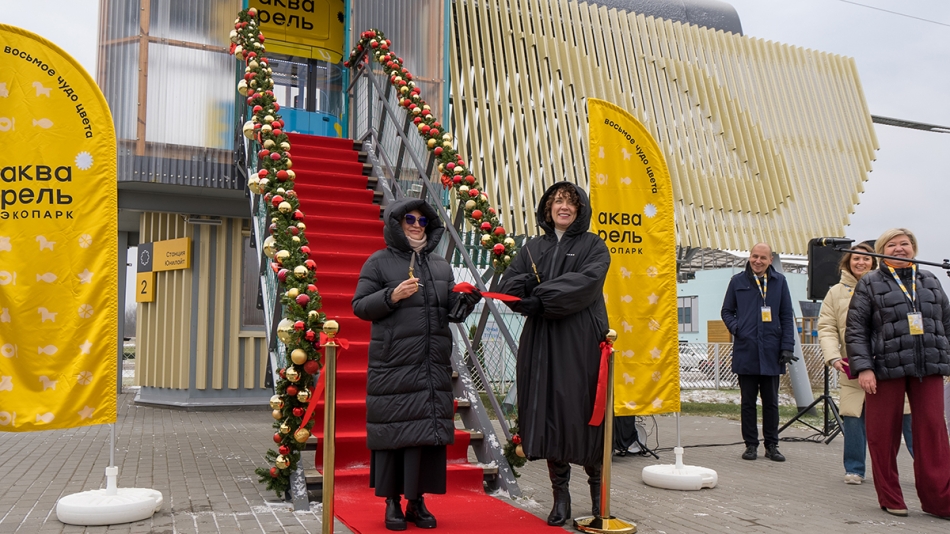
News
11 December 2024
First Commercial uST Complex uLight Opens in Aquarelle Ecopark
The first commercial uST complex was opened in Maryina Gorka.
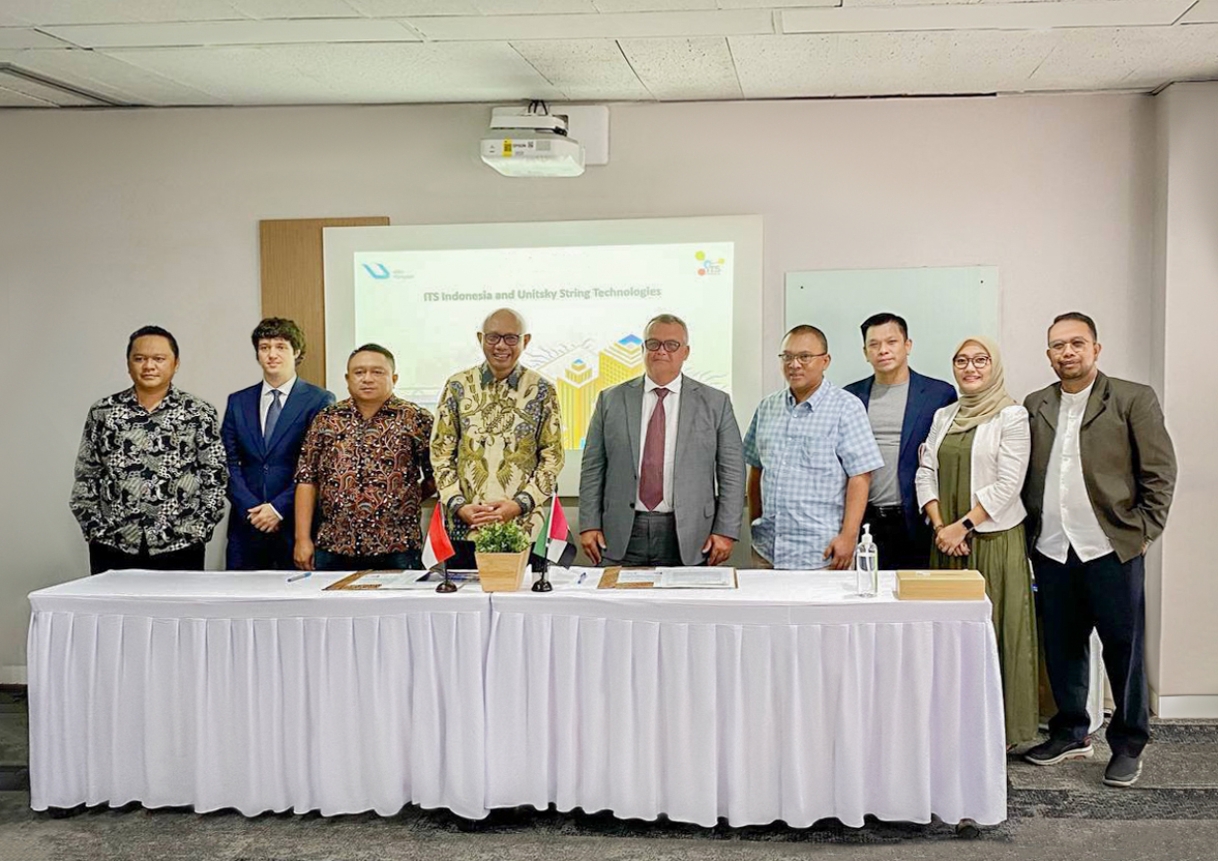
Blog
16 November 2022
Indonesia Interested in UST Inc.'s Solution to Improve Inter-Island Transport
Unitsky String Technologies Inc. continues to work as part of the agreement concluded with ITS Indonesia. As a reminder, the agreement with this organization concerns the practice of uST technology in Jakarta and the whole country.
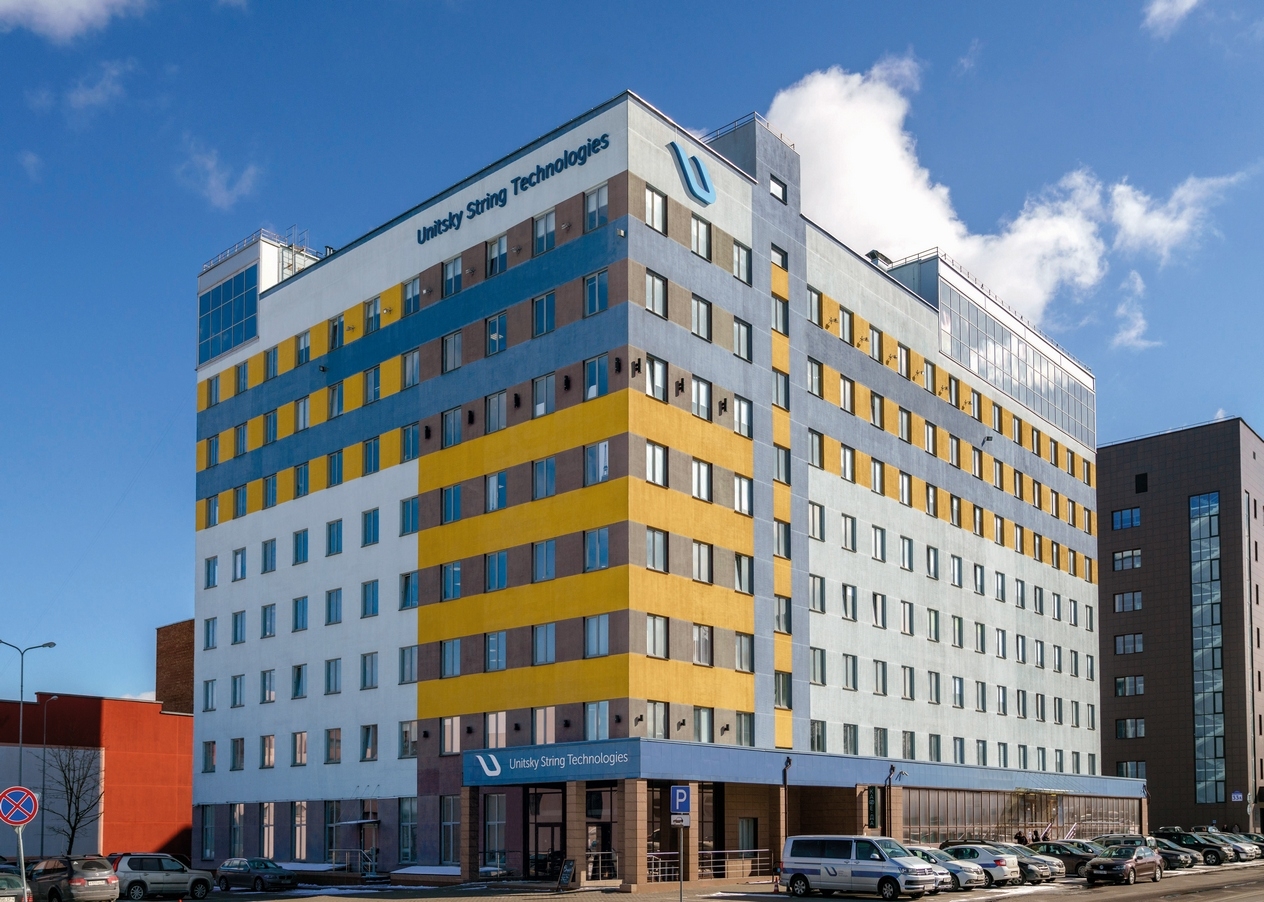
Blog
1 December 2021
Unitsky String Technologies Inc. Aims to Strengthen Its Team With Gifted Youth
One of the company’s missions is to search for talented young specialists for their further development into professionals who understand all ins and outs of string technologies. To this end, UST Inc. made a cooperation agreement with the Belarusian State Technological University.

